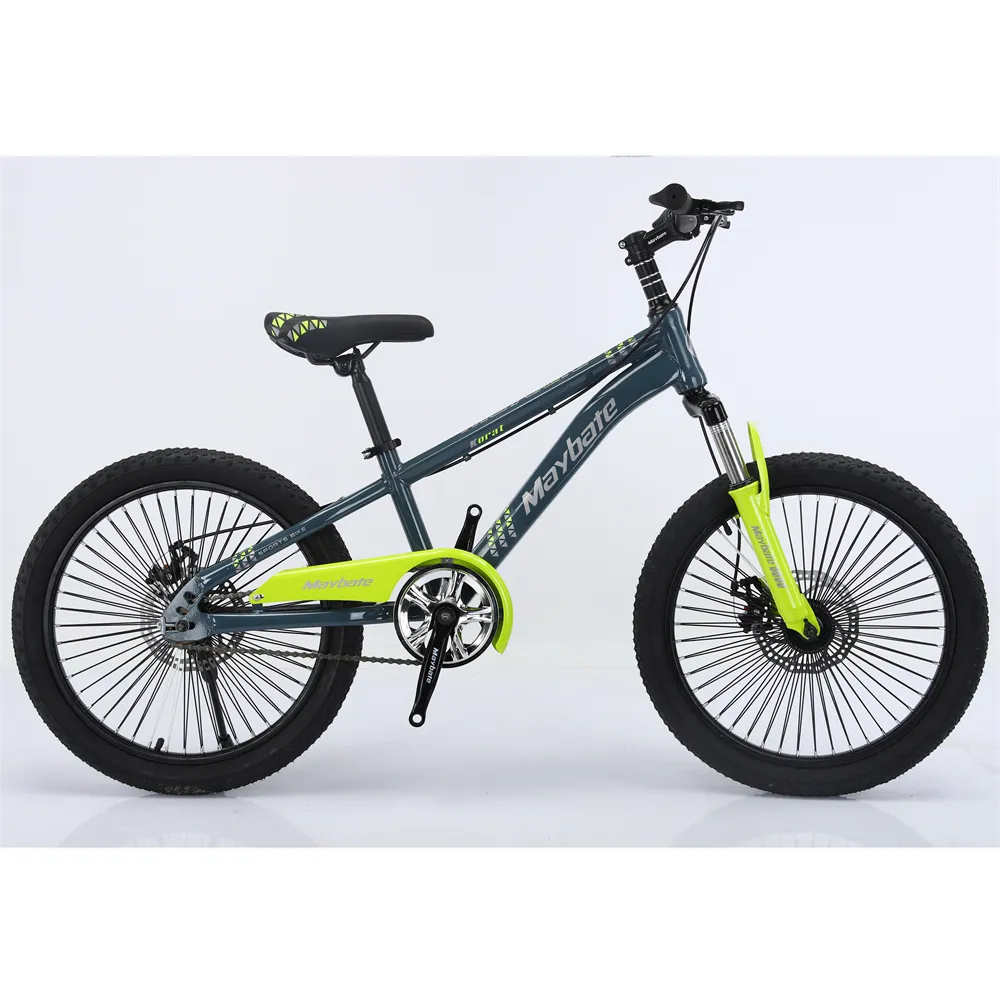Understanding Children’s Bike Size Selection for Optimal Comfort and Safety During Riding Adventures
Choosing the Right Size Bike for Your Child A Guide Based on the Children's Bike Size Chart
When it comes to selecting the perfect bike for your child, size matters more than anything else. A properly sized bicycle not only ensures comfort but also boosts confidence and safety while riding. This guide will help parents understand the importance of the children's bike size chart and how to utilize it effectively to choose the right bike for their little cyclists.
Understanding Bike Size Designations
Bikes come in various sizes, often categorized by wheel diameter. Generally, children's bikes are available in sizes ranging from 12 inches to 24 inches, with some manufacturers even offering larger models for older children and teenagers. The most common sizes include
- 12 inches Suitable for toddlers aged 2 to 4 years. - 14 inches Aimed at children aged 3 to 5 years. - 16 inches Perfect for kids aged 4 to 7 years. - 20 inches Designed for children aged 6 to 10 years. - 24 inches Suitable for kids aged 9 to 12 years.
These sizes correspond to the diameter of the bike wheels, which affects the overall height and stability of the bike
.Using the Children's Bike Size Chart
To find the appropriate bike size, start by measuring your child’s inseam. This measurement, taken from the crotch to the ground while the child is standing barefoot, is crucial for ensuring that the child can comfortably reach the ground when seated on the bike.
childrens bike size chart

Once you have the inseam measurement, refer to the children's bike size chart, which typically suggests bike sizes based on height ranges and inseam measurements. For instance, a child with an inseam of 16-20 inches will likely need a 16-inch or 18-inch bike, whereas those with an inseam of 20-24 inches may be better suited for a 20-inch bike.
Why Size Matters
Choosing the right bike size affects your child’s ability to control and maneuver the bicycle effectively. Kids on too small of a bike may struggle with pedaling efficiently, while those on larger bikes might find it difficult to stop or dismount safely. The risks of an ill-fitting bike include loss of balance, increased chance of accidents, and ultimately, a less enjoyable riding experience.
In addition, proper fit promotes good cycling habits. When a child can easily put their feet down, balance becomes second nature. This simple factor can help them build confidence and skill as they transition from training wheels to full-fledged cycling.
Encouraging Growth and Transition
As your child grows, their biking needs will change. It’s essential to monitor their height and inseam regularly, ensuring that they align with the sizing recommendations. While it might be tempting to buy a larger bike for a growing child, it’s crucial for their safety and comfort that they always ride a bike that fits them well.
Conclusion
Choosing the right bike size for your child is a vital step toward ensuring their safety, confidence, and enjoyment while riding. By utilizing the children’s bike size chart and paying attention to inseam measurements, you can select a bike that suits their current needs. Additionally, be prepared to reassess the choice as they grow and develop new skills. With the right bike, your child will enjoy countless hours of exploration and adventure, making memories that last a lifetime. Happy riding!
-
Why Ride On Toys Are Every Kid’s FavoriteNewsApr.03,2025
-
Why a Mountain Bike is Perfect for Outdoor AdventuresNewsApr.03,2025
-
Why a Baby Tricycle is the Perfect First RideNewsApr.03,2025
-
The Joy of Learning with a Kids Balance BikeNewsApr.03,2025
-
The Fun and Benefits of a Childrens ScooterNewsApr.03,2025
-
Find the Perfect Kids' Bikes for Fun and AdventureNewsApr.03,2025
-
Perfect Color for Your Mountain BikeNewsFeb.27,2025








